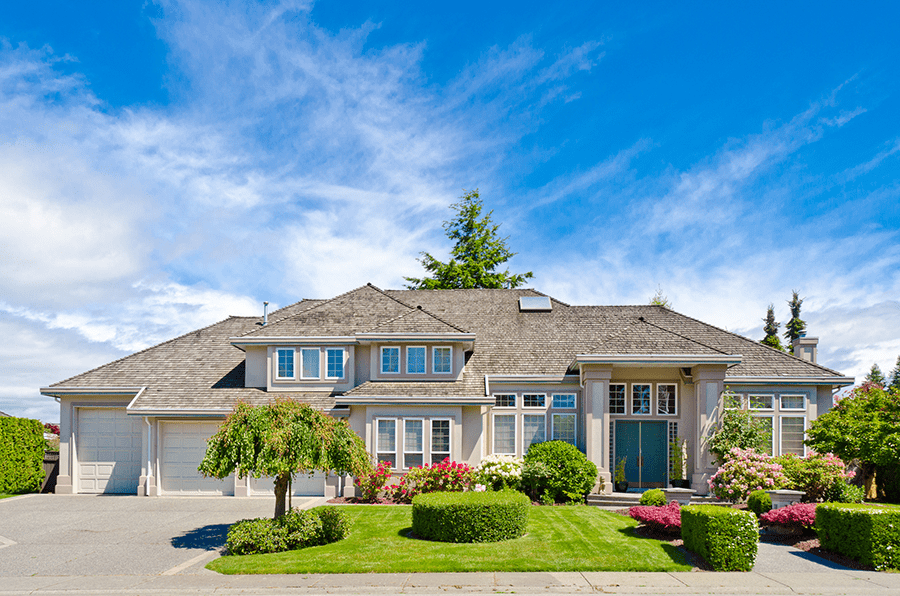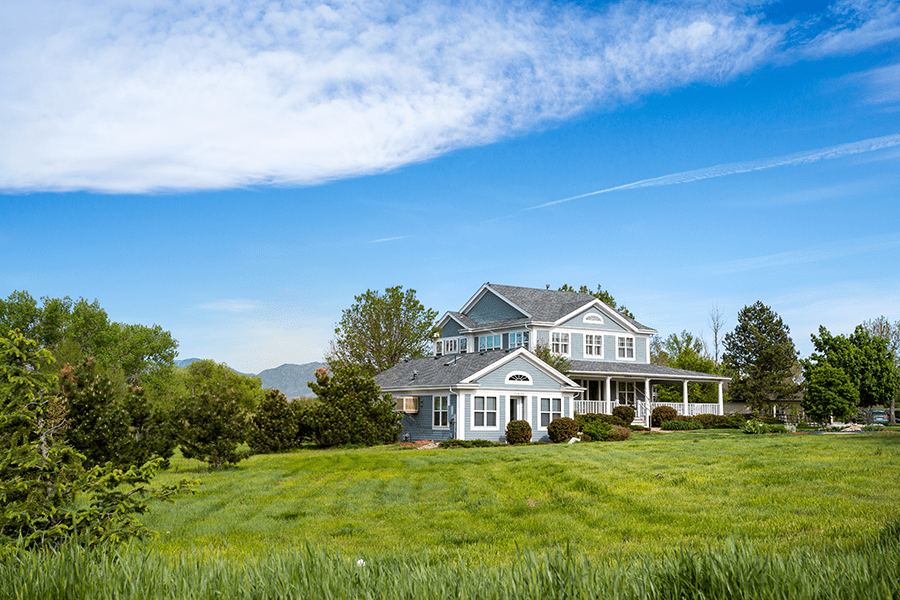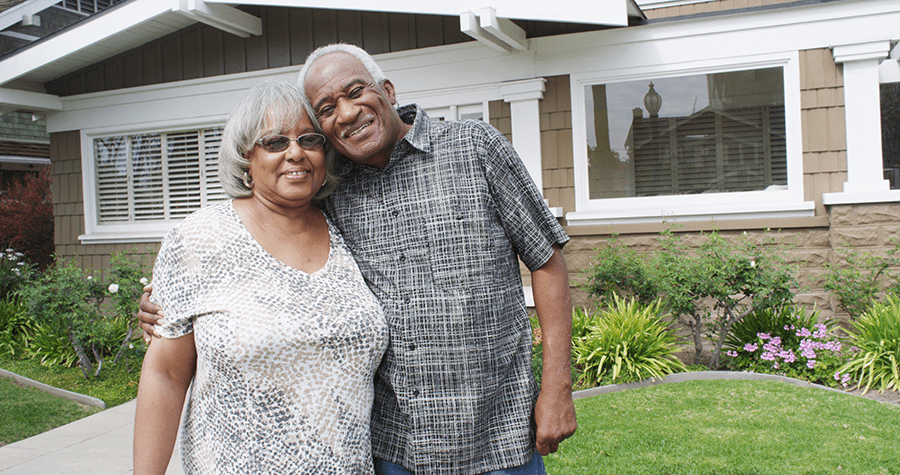Loan Options
30 Year
The traditional 30-year fixed-rate mortgage has a
constant interest rate and monthly payments that never change.
This may be a good choice if you plan to stay in your home for
seven years or longer. If you plan to move within seven years,
then stable-rate loans are usually cheaper. As a rule of thumb, it
may be harder to qualify for fixed-rate loans than for adjustable-
rate loans. When interest rates are low, fixed-rate loans are
generally not that much more expensive than adjustable-rate
mortgages and may be a better deal in the long run, because
you can lock in the rate for the life of your loan.


15 Year
This loan is fully amortized over a 15-year period and
features constant monthly payments. It offers all the advantages
of the 30-year loan, plus a lower interest rate and you’ll own
your home twice as fast. The disadvantage is that, with a 15-
year loan, you commit to a higher monthly payment. Many
borrowers opt for a 30-year fixed-rate loan and voluntarily make
larger payments that will pay off their loan in 15 years. This
approach is often safer than committing to a higher monthly
payment since the difference in interest rates isn’t that great.
Adjustable Rate (ARMs)
Unlike fixed rate mortgages that have an interest rate
that remains the same for the life of the loan, the interest rate
on an ARM will change periodically. The initial interest rate of an
ARM is lower than that of a fixed rate mortgage, consequently,
an ARM maybe a good option to consider if you plan to own your
home for only a few years; you expect an increase in future
earnings; or, the prevailing interest rate for a fixed mortgage is
to high. Most homeowners get into adjustable-rate mortgages
for the lower initial payment, and then usually refinance the loan
when the fixed period ends. At that time, the interest rate
becomes variable, or adjustable, and the homeowner would
likely refinance into another ARM, something fixed, or sell the
home outright.


FHA
An FHA loan is a mortgage loan that is insured by the
Federal Housing Administration (FHA). Essentially, the federal
government insures loans for FHA-approved lenders to reduce
their risk of loss if a borrower defaults on their mortgage
payments. The FHA program was created in response to the rash
of foreclosures and defaults that happened in 1930s; to provide
mortgage lenders with adequate insurance; and to help
stimulate the housing market by making loans accessible and
affordable. Typically, an FHA loan is one of the easiest types of
mortgage loans to qualify for because it requires a low-down
payment and you can have less-than-perfect credit. An FHA
down payment of 3.5% is required. Borrowers who cannot afford
a traditional down payment of 20% or can’t get approved for
private mortgage insurance should investigate FHA loans.
VA
A VA loan is a mortgage loan in the United States
guaranteed by the U.S. Department of Veterans Affairs (VA). The
loan may be issued by qualified lenders. The VA loan was
designed to offer long-term financing to eligible American
veterans or their surviving spouses (provided they do not
remarry). There are many benefits, as taken directly from the
Veterans Affairs site: no down payment required (unless
required by the lender or the purchase price is more than the
reasonable value of the property); buyer informed of reasonable
value; negotiable interest rate… and more.


Jumbo
A jumbo loan is a loan that exceeds the conforming
loan limits as set by Fannie Mae and Freddie Mac. As of 2022,
the limit is $647,200 for most of the US, apart from Alaska,
Hawaii, Guam, and the U.S. Virgin Islands, where the limit is
$822,373. Rates tend to be a bit higher on jumbo loans because
lenders generally have a higher risk. There are many benefits,
including: financing available up to $2.5 million; the convenience
of one loan for the entire loan amount instead of having multiple
mortgages; competitive pricing… and more.
USDA
The United States Department of Agriculture (USDA)
gives out a variety of loans to help low- or moderate-income
people buy, repair, or renovate a home in a rural area. To qualify, you need to have a decent credit history. There are many benefits, including: no down payment required; borrowers who qualify for a USDA Rural Development home loan have the flexibility to pay nothing out of pocket for a down payment. Additionally, the USDA Loan allows borrowers to use a gift or grant to go toward their mortgage.


Reverse
A reverse mortgage is a unique loan product that
allows homeowners, ages 62 and older, to convert a portion of
their home equity into cash. While the senior remains in their
home, there are no required mortgage payments. Conversely,
the lender makes payments to the senior! The cash can be used
for monthly living expenses, medical costs, or to simply add to a
nest egg. The senior is still responsible for taxes, insurance,
home maintenance and any homeowners’ association fees, but
that’s it.


